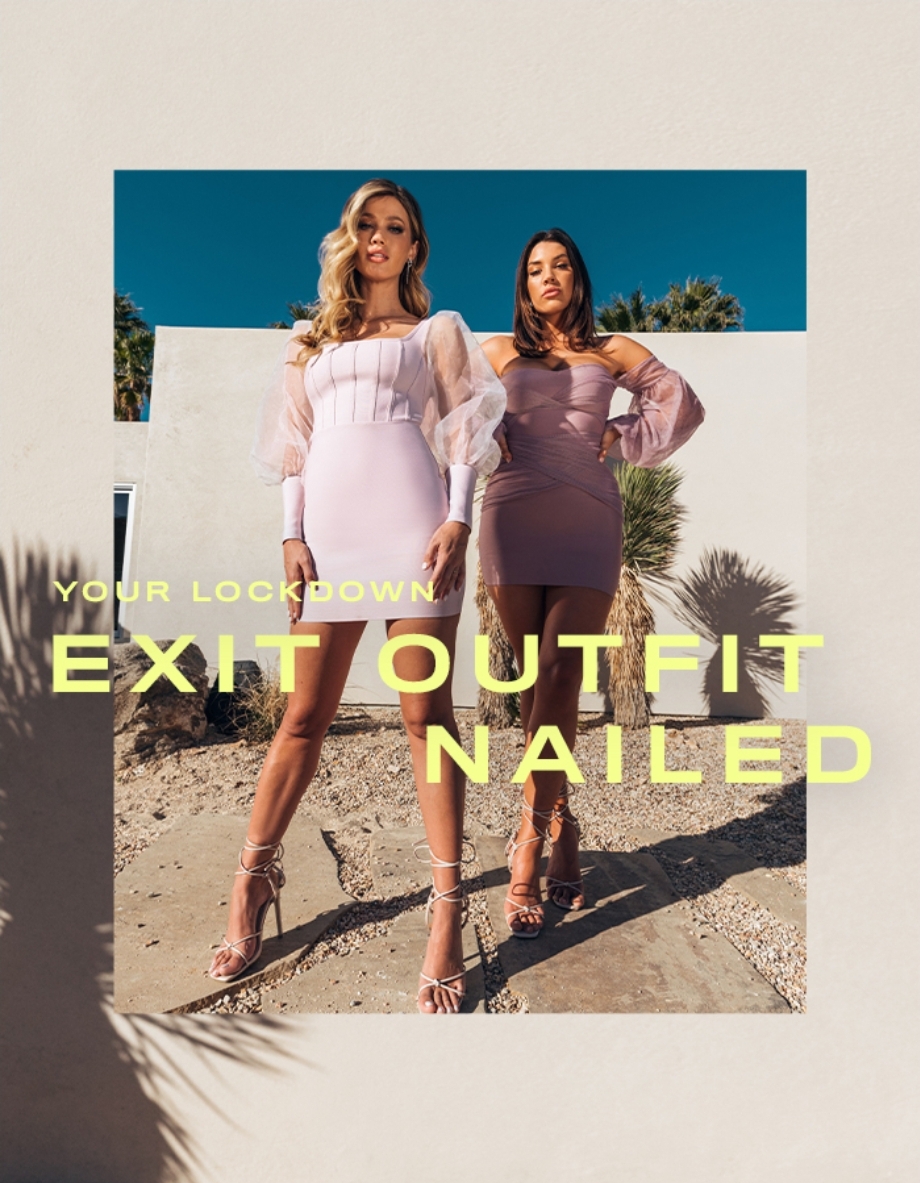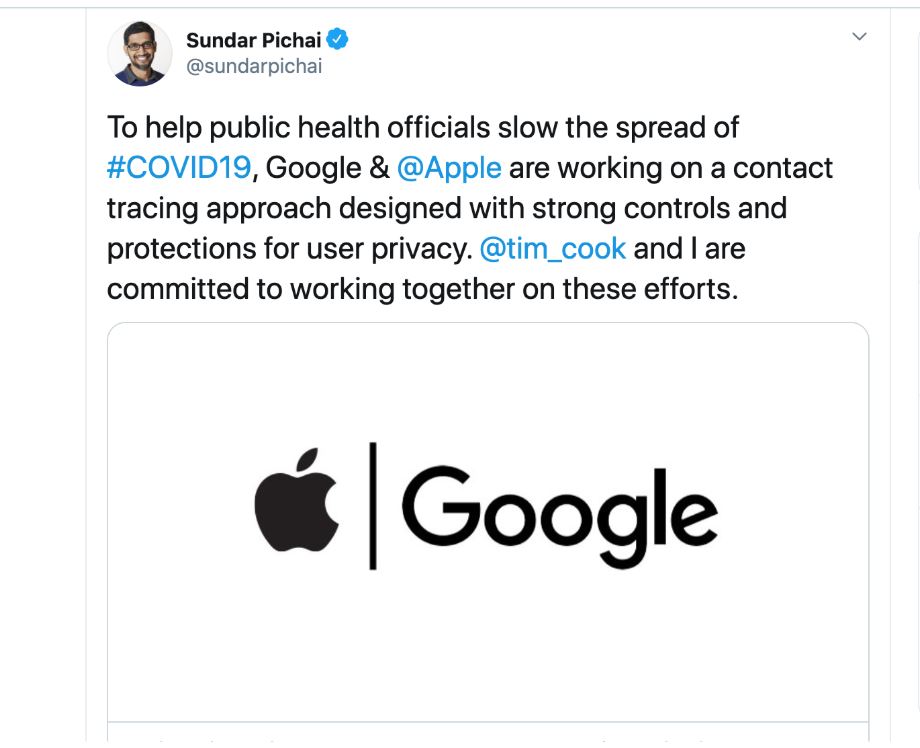“I can’t wait to get back to normal.”
How many times have we heard that said, and even said ourselves over the past few turbulent months?
And there’s no escaping that message right now. It’s in our heads. It’s in a million memes. It’s in pretty much every conversation.
You’ve probably said it to your postman. On the phone to your bank. It’s seeped across your Whatsapp groups. It’s everywhere.
The desire for normalcy is strong. And growing more powerful and hopeful every day.
But here lies the danger zone.
The temptation for brands to jump on the ‘normality’ message post-lockdown is hard to resist.
If you’re not careful, you could suddenly find yourself plying customers with messages in the style of ‘we’re back to normal, time to buy those stilettos that just weren’t suitable for lockdown’.
It’s already leaving a bad taste in my mouth.
Your customers desperately want to feel good again. And as marketers, we’re in tune with finding customers’ pain points and fixing them with our products and services.
But in doing this, the race to give them a ‘normal’ fix, treads the dangerous path of unethical.
Allow me to explain…
ETHICAL IS THE NEW NORMAL
When our fix is practical, it simply solves a mainly emotionless problem.
Sellotape. Radiator paint. A lawnmower. They’re products that solve a practical problem.
However, when the fix is emotional, that’s when a loyal brand connection kicks in.
A Porsche makes you successful. A Scalextric set makes your children happy. A diamond ring shows you’re loved.
As marketers, we are skilled in creating emotional connections. It’s a powerful thing.
Getting right to the heart of what people want is marketing 101.
But your customer’s hearts are traumatised right now. And open to a new kind of vulnerability.
And the most ethical thing brands can do post-lockdown is to keep up sensitive communications that aren’t powered by selling, selling, selling.
Just follow one simple rule: Do. Not Normalise.
But…
THAT DOESN’T MEAN YOU CAN’T SELL
You just need to do it gently.
I’d imagine that’s what you’ve been doing since the big C word hit the world.
You’ve probably slowed down on selling and focused on Share of Voice (SOV). The act of increasing your voice in your industry to become more prominent and trusted.
On the whole, brands have been focusing on how they can help customers. They’ve been asking: what do my customers need? rather than what do my customers want?
Now, as restrictions are beginning to lift globally, this still applies.
A barrage of ads telling customers you’re exactly what they need post-lockdown isn’t going to go down well.
But on the flip side, customers know that brands have to sell their products and services. On the whole, we need to sell to stay afloat, as healthy contributors to the economy (as well as our livelihood).
And this isn’t anything to be ashamed of. We can’t pretend that sales aren’t still important.
So, how do we walk this tightrope?
REMEMBER: YOUR TARGET AUDIENCE HAS (PROBABLY) GONE THROUGH CHANGES
Brands spend a ton of time deciphering their target audience.
Who they are. What they do. Where they are. What makes them tick.
And we usually separate our findings into two key areas:
Demographics explain WHO your buyer is. We segment according to age, race, religion, gender, family size, ethnicity, income, and education.
Psychographics explain WHY they buy. We segment according to attitudes, interests, personality, values, opinions, and lifestyle of your target market.
(Here’s a handy article from Hubspot, if you want to delve deeper into this).
If you look across all of the factors involved, you’ll notice that there’s likely to be change. In some cases huge change.
Income could be a problem. Attitudes have been shaped by all the challenges the pandemic brings. Values could have changed, with people treasuring being with loved ones. And of course, our lifestyles have transformed.
And what happens when these factors shift?
They can become a potential pain point.
And by poking that pain point, we’re crossing a line by capitalising on vulnerability.
TOP TIP: Revisit your audience analysis and brainstorm everything that might have changed how your audience are feeling and behaving. Once you have a list, the pain points will become visible and you will have a good idea of how your audience might be affected.
BUT (a big but), remember you still need to sell. And that’s ok.
We have some rules to live by right now to help you navigate the post lockdown comms rules.
DON’T CELEBRATE THE LOCKDOWN END
Let’s take a look at this Insta ad from Miss Guided for a sec…
There are so many insensitive messages in this ad.
Firstly, it’s insinuating that everyone is going to be walking out of lockdown dressed like this. Of course, most people won’t be. It almost puts a competitive edge on how we should look when we ‘leave lockdown’, whatever that looks like (I’m pretty sure it doesn’t look like the above!)
Secondly, there’s zero sensitivity to job losses, financial struggles and health problems people will have suffered this year.
Hey, buy a pretty dress from us. You might have lost your job, but at least you’ll look good ‘coming out of lockdown’.
Just…NO.
Don’t mention lockdown. It’s simple. People might feel like buying a dress for later down the line, but don’t ram it down their throats in one huge post-lockdown party.
WHAT YOU CAN DO:
Don’t mention your product/service in a celebratory sense. In fact, if your brand has no obvious link to Covid-19 don’t mention lockdown at all.
Aside from the emotional problems you’re stirring up, there’s the logistical issue of everyone ‘coming out of lockdown’ at different times across the globe. If you’re a global brand, it just doesn’t make sense.
CREATE VALUE
Just because the lockdown lifts doesn’t mean it’s a free for all with selling.
You need to concentrate on creating value (which you’ve hopefully been doing anyway).
Realistically, most brands simply do not belong in the conversation of Covid-19 as an expert. So suddenly jumping on a bandwagon and posting about it as a source of information could be discordant and unnecessary.
Post-lockdown could present a multitude of problems for your audience. It’s going to be a phased approach with variations around the world.
- Many of your customers could still be remote working
- They could be juggling one child back at school while others are still at home
- The return to work could be stressful and not how they remember it
Let’s look at how big-time entrepreneur, Mark Cuban, created value and helped the local community.
He announced that any of his Dallas Mavericks’ employees will be reimbursed for any lunch and coffee purchases from local, independent small businesses.
It’s a great way to support the shattered community and small businesses who rely on bigger businesses. But he’s simultaneously giving people free coffee.
WHAT YOU CAN DO:
Ask yourself the question: how can I help right now? How can I genuinely help? What are your brand’s strengths and offerings?
You may have been doing that during lockdown, but you need to consider how your value offering changes after lockdown.
COLLABORATION OVER COMPETITION
Brands who come together during the second phase of this pandemic will increase trust with their audience.
At the same time, brands who have been communicating sensitively during this time, will have put a ton of effort into building trust.
Now, they need to spend some time now thinking about how they might use that trust to help bring us together, to restore community cohesion.
And what better way to see brands collaborating with each other?
Take a leaf out of Apple and Google’s book. Two warring tech giants are coming together with a big power collab that will enable contact tracing through both Android and i0S devices. This will help governments and agencies in their efforts to reduce the spread of the virus.
Now, people are calling it the ‘power collab that needed to happen’. And it can only help to build trust and show much-needed community spirit.
WHAT YOU CAN DO:
Think about a potential collaboration that could help the community or wider global community.
- Do you have a skill gap that another company could fill?
- Is there a competitor that it would beneficial to turn into a ‘frenemy’?
- Is there a collaboration that your customers would like to see happen?
Always focus on the customer. At the risk of sounding like a broken record, always think of the value you can offer.
And lastly…
Please don’t poke the pain.
Steer well clear of it, unless you’re genuinely offering a (sanitised, glove-covered) helping hand post-lockdown.
None of this: Financial struggles? Buy a cheap dress. That’ll make emerging from your lockdown cave easier.
Remember, post-lockdown is a new normal. One that we may not recognise or have seen before.
Normalising is a dangerous slippery slope. If you’re seen to be opportunistic, all that trust you’ve been carefully crafting could disintegrate.
Be smart. And be sensitive.
Love,
Ella


